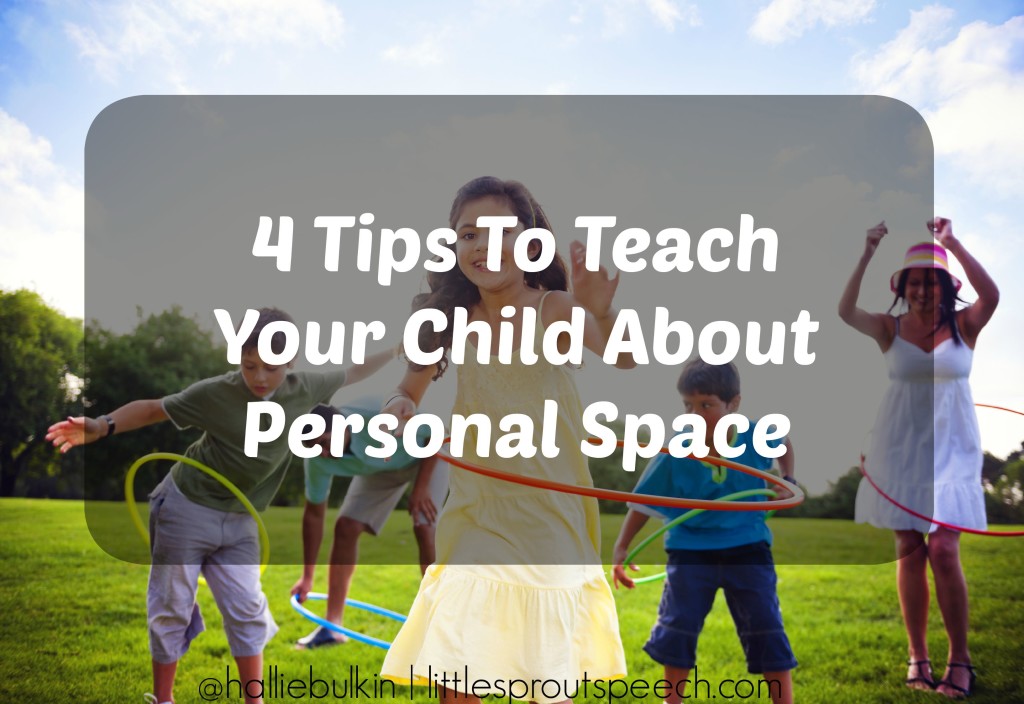Mary woke up and just wanted to hide in the bedroom. She could already hear her child with autism was awake by the stirring coming from his room. She kept replaying yesterday’s playground scenario in her head.
Her son, Jason, was playing on his own when a group of kids approached him and he went into meltdown mode. You know, that meltdown mode where all of the other children look at your child like they have 5 heads, not knowing WHY they are upset. And of course your little love is melting down and in no place (even if they do have the language) to explain what just set them off.
So what happened? They had entered Jason’s personal space. It didn’t matter if he wanted to play with them or not, as soon as they were too close for comfort Jason lost it…
Then there was the incident last week. Jason hates when people enter his personal space but doesn’t understand that he needs to stay in his own space (and out of others) as well. See, this day, Jason walked up to a kid he didn’t know and gave him a hug. When he wanted a little girl to look at him, he grabbed her face and turned it towards his. Neither of these children wanted to play with Jason after this and Jason looked confused. This made his mom, Mary sad.
If you relate to this, today’s 4 tips will help you.
- Go watch the video I shared here and on our facebook page so you can grab the first 3 tips I always share with parents on personal space.
- Create “safe” spaces. What is a safe space? A space that ONLY belongs to your child. A space with boundaries. Maybe this is a sensory room in the home like we have explained here. Or maybe it’s a fort, a box, a ball pit or some other space that your child knows they can go to and where their belongings are always safe from other peers and siblings. Creating their own space for them helps them to understand that others ALSO have and want their own space for themselves, too!
- Use VISUAL cues. Even for children with excellent language skills, visuals still work wonders! In the video featured in Tip #1 above, I discuss creating a BUBBLE and how to do that. Check it out. You can use that idea of creating a bubble and use a hula hoop to show your child what the bubble around them looks like! Other ideas are having your child stretch their arms out next to them and showing them this is their bubble and this is how much room they should leave when standing near or talking to others.
- Use Pictures. I am a BIG advocate of pictures, again, because they are visual. Find some books with people or animals that have space between them. Show your child the “space” or “bubble” around these people/animals and how it makes them feel when there is enough space (versus how they feel when someone enters their space).
These 4 tips can be used on their own or in combination with each other. For the best impact, I recommend using all of the tips together in a complete approach to help your child understand what their personal bubble looks like as well as what the personal bubble looks like around others. That personal bubble around others is what most of our kiddos struggle most with understanding so putting a big emphasis on this and talking about it daily for a week or two should start to help shed some light and at that point you should start to see some progress.
If this is all too overwhelming, one of our mini stories found here, tackles personal space in a very simple and easy way that WORKS (and takes out all the guessing on your end).
Here is to your child learning how to stay within their own personal bubble!
With Love,
Hallie

